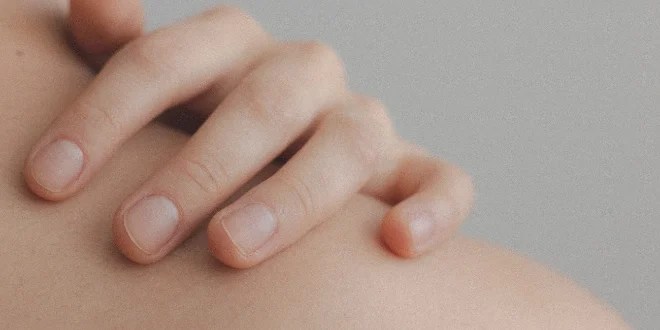The concept of a ‘robot surgeon’ often conjures images of intricate machinery performing surgical procedures. However, the term ‘anthrobots’ might be less familiar. This innovative idea is being explored by Gizem Gumuskaya, a Ph.D. candidate at Tufts University Wyss Institute for Biologically-Inspired Engineering, who has successfully turned human cells into miniature robots, or ‘anthrobots’, which have shown potential in aiding the healing of human tissue.
This doesn’t imply the existence of a swarm of tiny cellular robots capable of internal healing, but Gumuskaya’s research is a significant stride towards such a possibility.
Gumuskaya’s Method
In her research, Gumuskaya utilized cells from the human trachea lining. These cells possess cilia, tiny hair-like structures that assist in the movement of fluids. She cultivated thousands of these cells in a three-dimensional matrix over two weeks, during which the cells proliferated and formed spheroids.
After formation, these spheroids were treated with a chemical that encouraged the cilia to protrude. The way these cilia emerged influenced the ‘anthrobots’ movement. Some were small and round with evenly distributed cilia, while others were irregular in shape with uneven cilia placement.
These structural variations resulted in different movement patterns for the anthrobots, with some moving in straight lines and others in circles.
Application in Tissue Healing
The team then tested these anthrobots on damaged human tissue. In an experiment involving damaged human neurons placed in a petri dish, the anthrobots were introduced. Remarkably, the anthrobots autonomously moved and created structures resembling protective bridges. These structures facilitated the self-repair of the neurons.
This groundbreaking study was published in the journal Advanced Science on November 30, 2023, marking a significant advancement in the field of biologically-inspired engineering and potentially opening new avenues for medical treatments.


